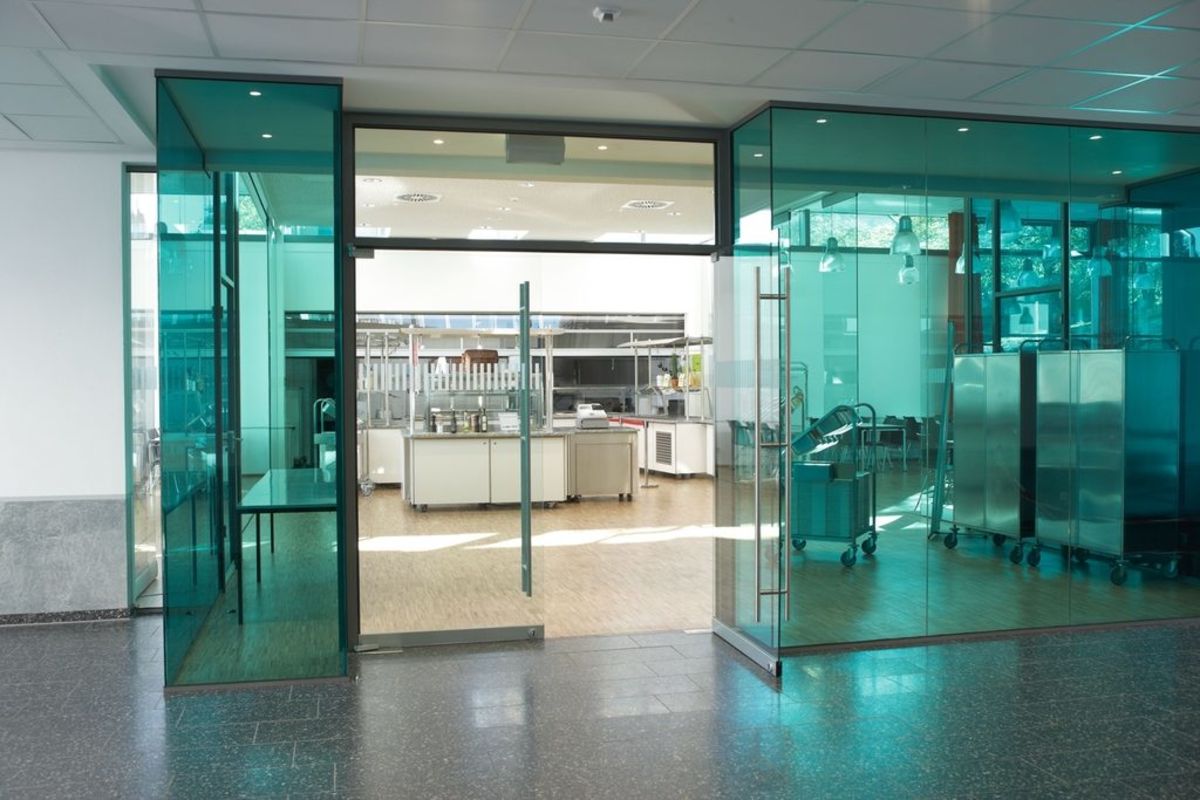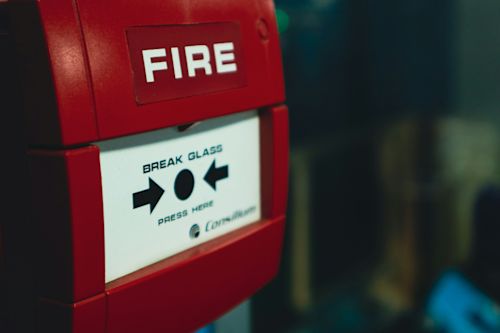Floor Pivots and Their Role in Accessibility for People with Reduced Mobility

The accessibility of people with reduced mobility within public-access buildings is a major issue in order to guarantee equal rights for all populations. In this context, floor pivots play a major role. Discover the key elements to consider for the deployment of these systems, which help maintain the social contract of accessibility to public and private establishments for people with reduced mobility.
The challenge of accessibility for people with reduced mobility in public-access buildings
Buildings open to the public must be equipped with infrastructures that ensure easy access for people with reduced mobility (PRM). These infrastructures are varied and may include access ramps, elevators, and of courseautomatic doorsequipped with suitable floor pivots.
These automatic doors must be accompanied by precise signage. This allows users to easily identify the type of accessibility and informs them of the direction of opening and the nature of the door’s operation. It can also indicate the mode of opening: by automatic detection, conditional access, via a button, etc.
It is essential to raise awareness among the staff of public-access establishments so that they know how these devices work in their entirety. They will thus be able to assist users, especially people with reduced mobility, if necessary.
The usefulness of the floor pivot
Floor pivots are generally installed on theentrance doors of public-access buildings: shops, service companies, public structures, apartment buildings, etc. It is an aesthetic mechanism, integrated into the floor. It is therefore invisible if properly installed by professionals.
They can be made from various materials: iron, aluminum, PVC, etc. They are perfectly compatible with wooden or metal joinery. Glass doors, often used at building entrances, are also suitable for these pivot devices.
Floor pivots are not protruding, unlike door closers. They have the same properties as the latter and require precise adjustment on several points:
The force for movement
The opening/closing speed
The opening braking
The final latching action
All these characteristics of the floor pivot are adjusted according to the width of the door, its height, and its weight. Its axis can be square or rectangular. All accessories depend on the shape of this axis.
All these characteristics of the floor pivot are adjusted according to the width of the door, its height, and its weight. Its axis can be square or rectangular. All accessories depend on the shape of this axis.
Selecting quality materials for maximum safety
The floor pivot is anessential door closing accessoryfor the security of the opening. It is advisable to choose a model known for its great robustness. Several functions are customizable to meet the door’s security requirements.
Using a quality floor pivot ensures closure both to the left and to the right. It is possible to select models that are not made by the company that manufactured and/or installed the door. The site maintenance service can thus use the services of a third-party company to install new pivots, which optimize the operation of a door.
This is equipment that combines reliability and optimization for accessibility to a public-access building. To discuss a project, do not hesitate to contact an expert in the installation of doors for public and private buildings.
Standards relating to automatic doors and floor pivots
Regarding automatic doors and pivots, there areregulations and standards in force. Thus, it is important to select materials approved for the intended use. Depending on the location of the door, the floor pivot must be approved for fire and smoke protection devices.
It is theEuropean standard EN 1154that defines the safety criteria for door closers and floor pivots. These devices are classified according to a six-digit code that takes into account:
The opening angle
The number of test cycles
The force of the door closer
Fire behavior
Safety
Corrosion resistance
Professionals are therefore encouraged to use devices manufactured in compliance with the EN 1154 standard to validate their closure with reliable damping. The requirement is even higher for fire and smoke-proof doors.
Promoting and guaranteeing accessibility for people with reduced mobility to public-access buildings is an important societal issue. Companies and public services also have accessibility standards to comply with depending on their sector of activity. It is important to select quality service providers and excellent materials to ensure optimal reception.



